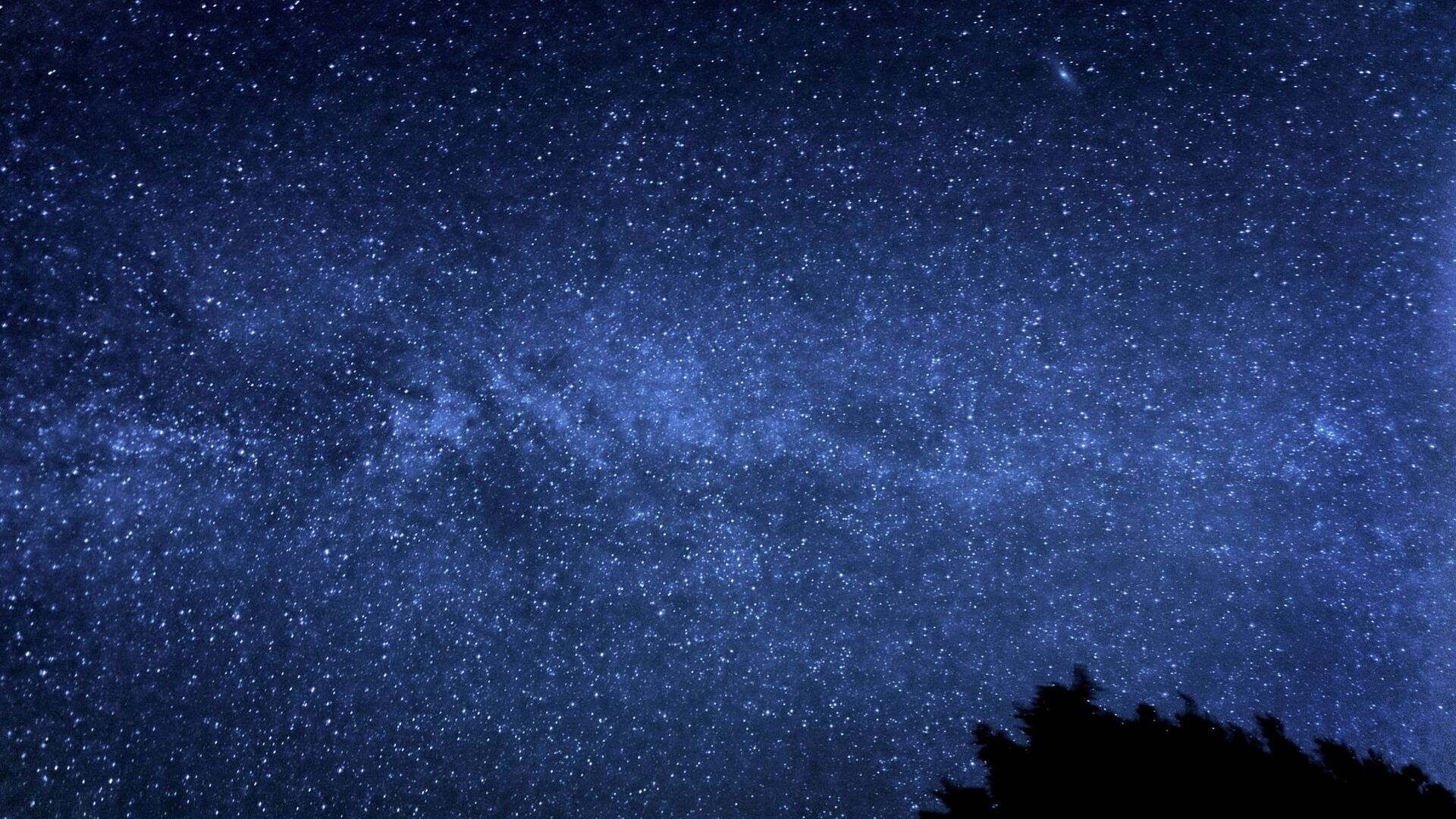The apparent presence of the hydroxyl radical (OH) has been discovered on a distant exoplanet by an international collaboration of astronomers, SciTechDaily reports.
The chemical signature in question was detected on the day side of WASP-33b, a gas-giant planet that orbits its host star at a distance much shorter than that between Mercury and the Sun.
As the media outlet notes, this is the first time that such a molecule has been found outside of our solar system.
"This is the first direct evidence of OH in the atmosphere of a planet beyond the Solar System," said lead researcher Dr. Stevanus Nugroho from the Astrobiology Centre and Queen’s University Belfast. "It shows not only that astronomers can detect this molecule in exoplanet atmospheres, but also that they can begin to understand the detailed chemistry of this planetary population."
The majority of OH in the exoplanet's atmosphere is suspected to be the product of water vapour being destroyed by extremely high temperatures.
"We see only a tentative and weak signal from water vapour in our data, which would support the idea that water is being destroyed to form hydroxyl in this extreme environment," said Dr. Ernst de Mooij from Queen’s University Belfast, one of the study's co-authors.
The discovery was made via the use of the InfraRed Doppler (IRD) instrument at the Subaru Telescope located at the summit of Maunakea, Hawaii.



